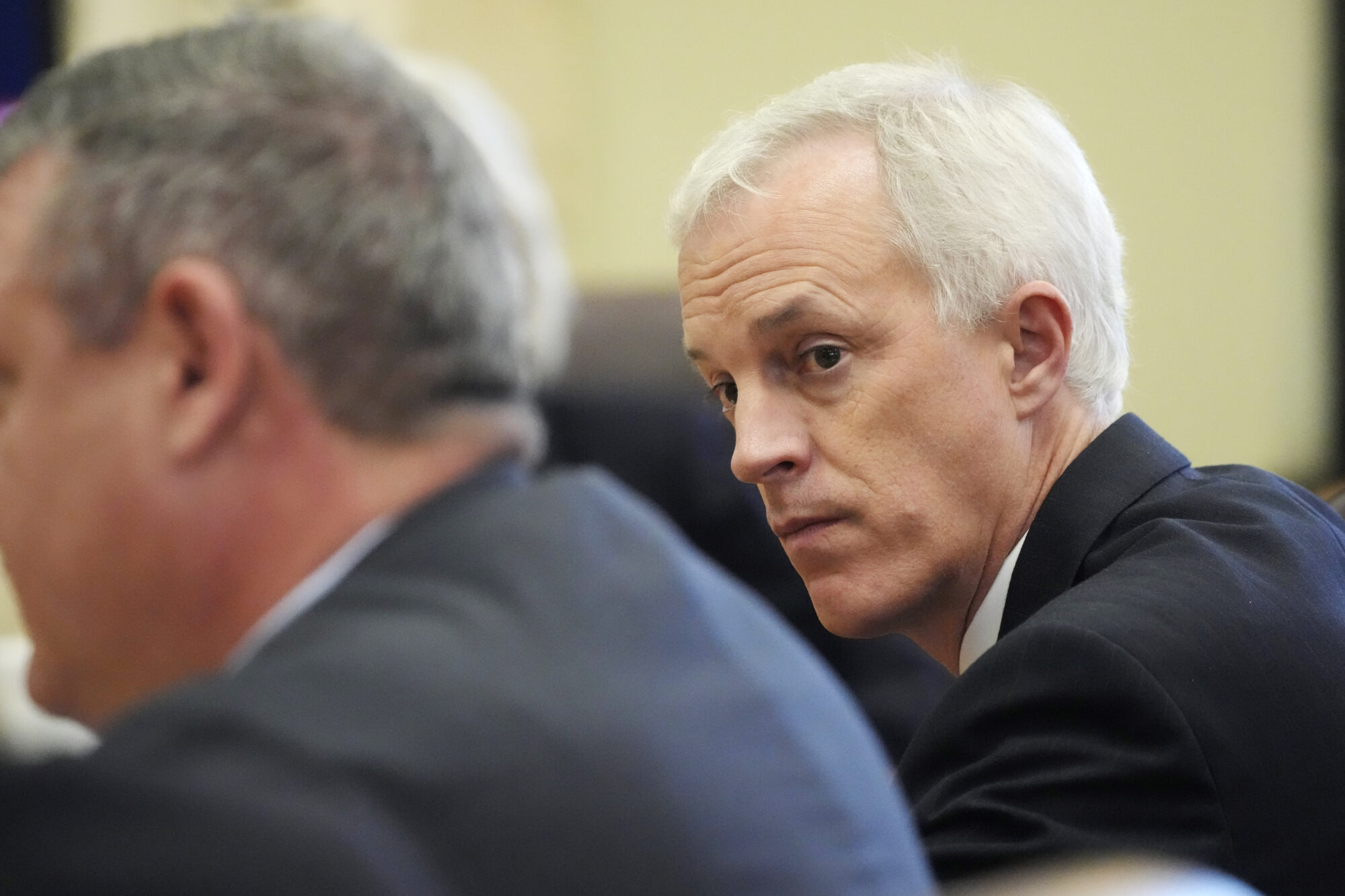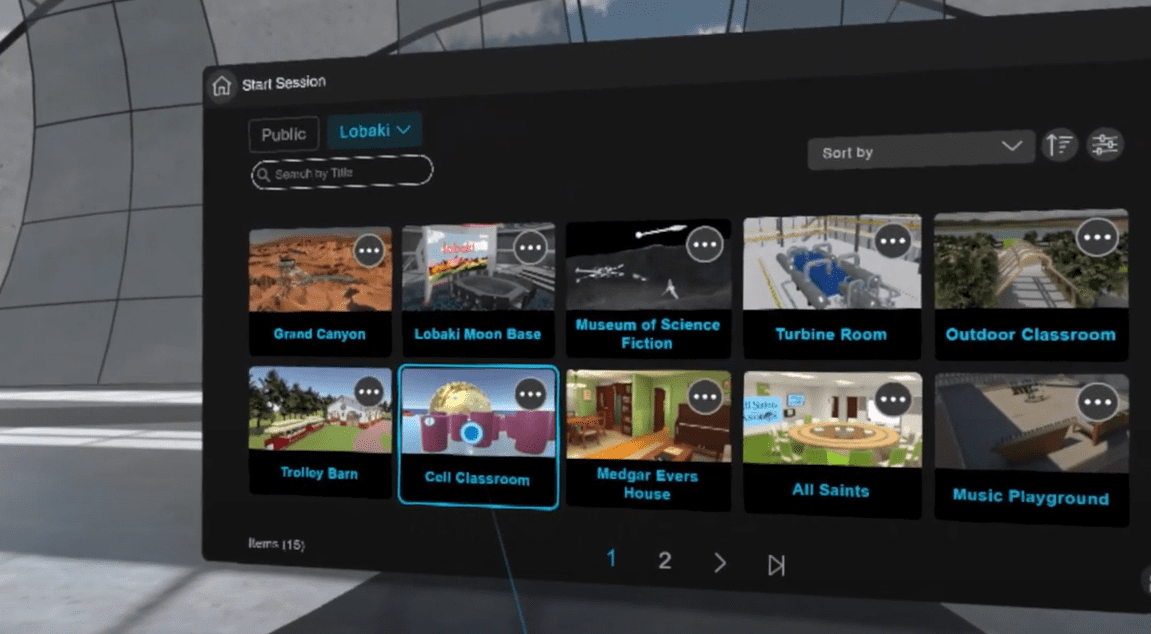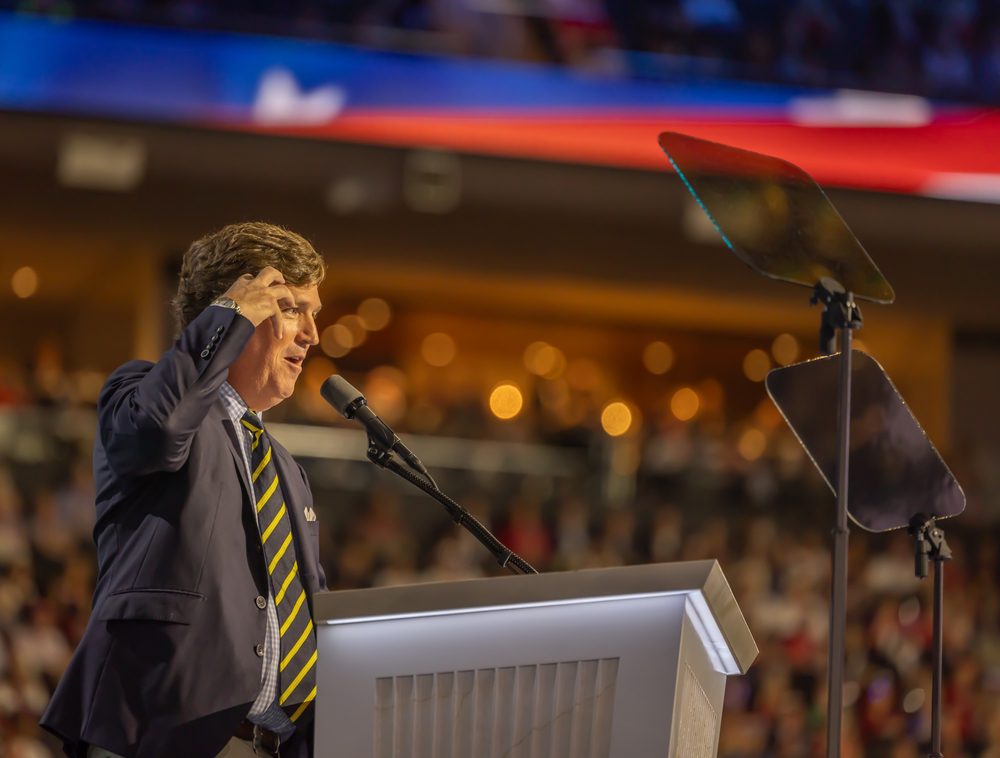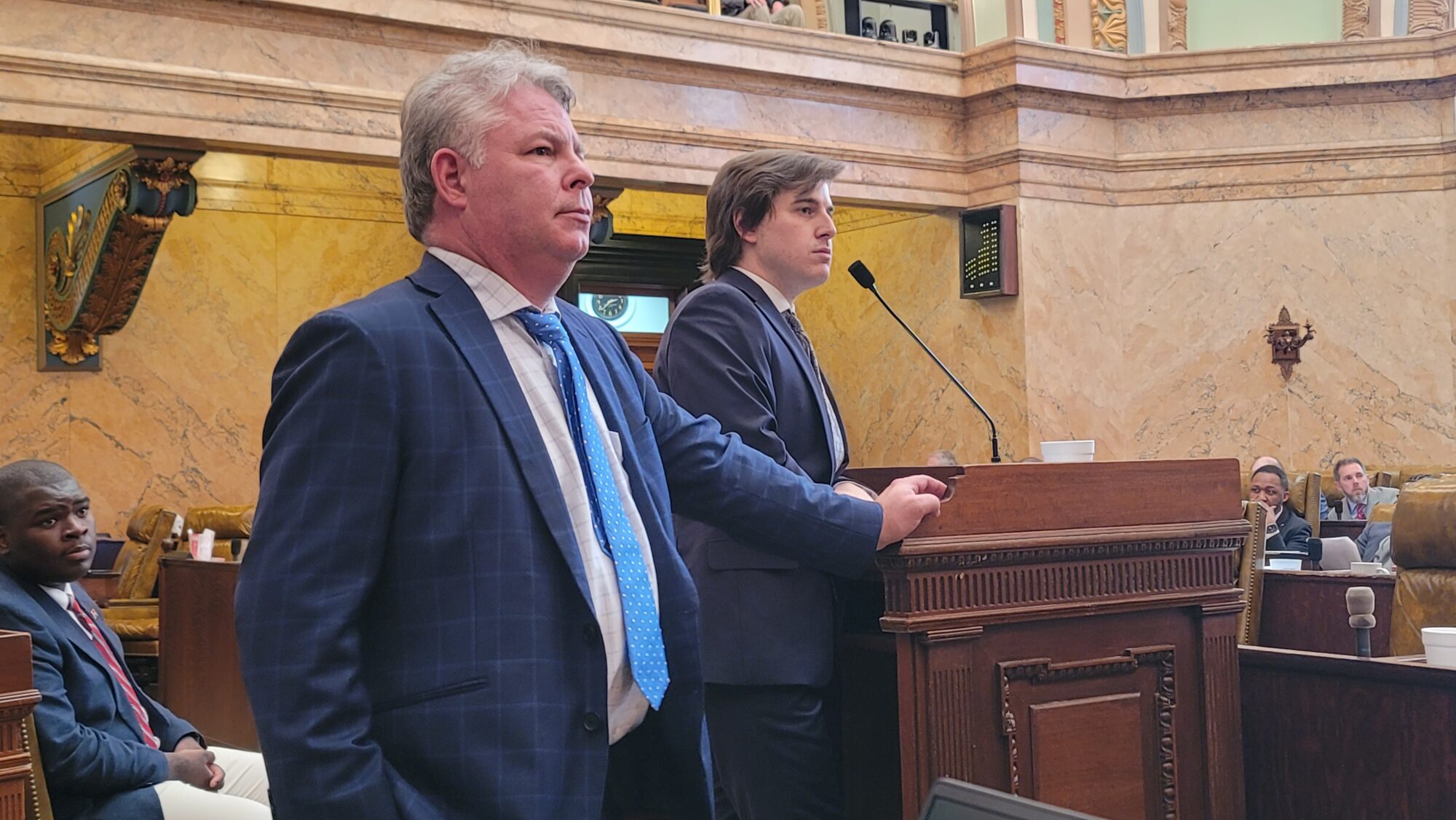
From left, Rep. Rob Roberson and Rep. Kent McCarty present HB 1453, which would replace the current MAEP funding formula with the INSPIRE Act, to the floor of the House of Representatives on Wednesday. (Photo by Jeremy Pittari | Magnolia Tribune)
- New weighted formula could create financial incentive to reclassify students and draw down additional state funds. Lawmakers say they will monitor, but are not too concerned with potential for abuse.
The Mississippi Legislature appropriated an additional $240 million this year to fund changes made in the newly minted Mississippi Student Funding Formula (MSSF). As the replacement for the long-suffering MAEP education funding formula takes effect, Senate and House Education Chairmen weighed in on the potential for abuse.
The new formula creates a series of “weights” that increase the amount of funding available for low income, English language learners (ELL), special education, and Career and Technical Education (CTE) students, among other categories. The individual student weights, which did not exist under MAEP, could provide an incentive for districts to reclassify students and draw down more state funding.
Senate Education Chairman Dennis DeBar (R) said there were some concerns in his chamber over the potential for abuse ahead of MSFF’s passage. Debar said school districts will surely want to get as much money as possible.
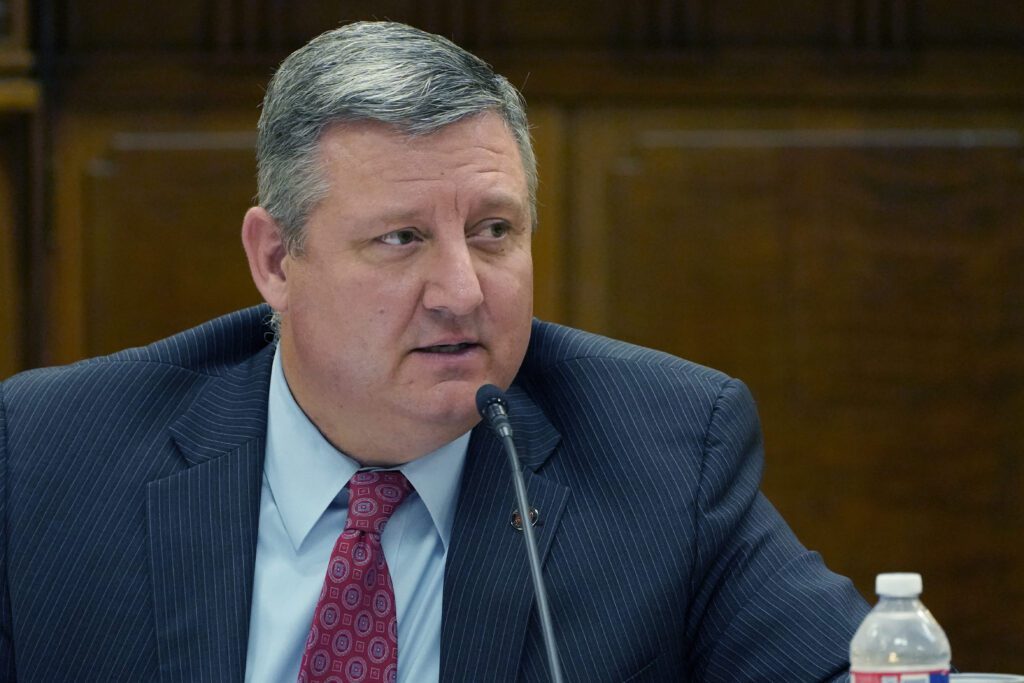
“As long as it’s within the legal means, I don’t have a problem with that, I guess,” Senator DeBar told Magnolia Tribune. “The work you’re going to put into those students will probably outweigh any money you would receive. Because once you identify them, they’re there until they graduate.”
”But, yes, the Senate had a concern of [possible abuses] on their side, but school districts will just have to be honest and identify the students as they see fit,” Senator DeBar said.
House Education Chairman Rob Roberson (R) told Magnolia Tribune he fully expects districts to do what is right for the students. Roberson said if abuse becomes evident, the Legislature will fix it.
“Honestly, I am no more concerned about that than what they could’ve done under the old formula [MAEP],” Rep. Roberson said. “Dishonesty is something we can prepare for, but my expectations are for the schools to do what is right for the students. If that becomes an issue, I assure everyone that we can fix it with an audit.”
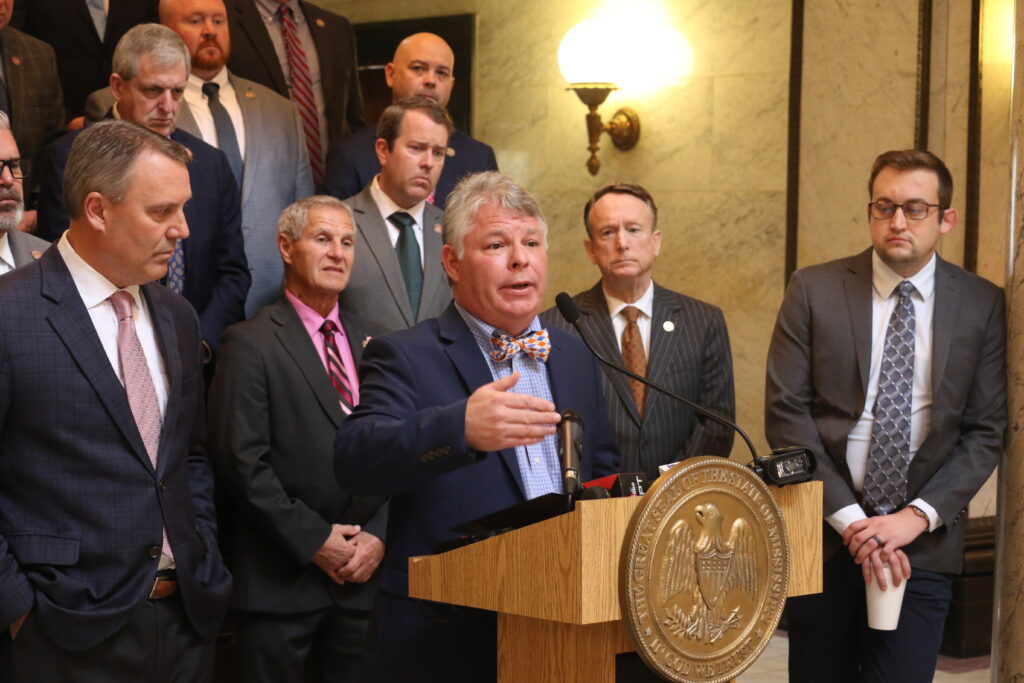
The chart below details how MSSF will increase spending on individual students who fall into the weighted categories:
| Weighted Category | Base Student Cost | Weight Applied | Total Student Cost |
|---|---|---|---|
| Low Income | $6,695.34 | 30% | $8,703.94 |
| ELL | $6,695.34 | 15% | $7,699.64 |
| Tier 1 Special Ed | $6,695.34 | 60% | $10,712.54 |
| Tier 2 Special Ed | $6,695.34 | 110% | $14,060.21 |
| Tier 3 Special Ed | $6,695.34 | 130% | $15,399.28 |
| CTE | $6,695.34 | 10% | $7,364.87 |
| Concentrated Poverty | $6,695.34 | 10% | $7,364.87 |
Magnolia Tribune requested enrollment data from the Mississippi Department of Education on the number of students in Mississippi currently classified as a Tier 1-3 special education student, an English language learner, or who are enrolled in at least one CTE course.
According to data provided by MDE, Mississippi’s public schools served 71,273 Tier 1-3 special education students, 14,614 English language learners, and 118,414 students enrolled in at least one CTE course during the 2023-2024 school year.
How the Mississippi Student Funding Formula Works
The Legislature set the base student cost at $6,695 for the 2024-2025 school year. Under the new law, it increases annually by applying an inflation factor in 2026, 2027, and 2028. In 2029, and once every four years thereafter, the State Board of Education will recommend a new base student cost factoring in instructional, administrative and facility costs.
The weights spelled out above are then added to the base student cost for eligible students.
The previous education funding formula, MAEP, included a single weight of 5 percent for low income students. The designation was based on eligibility for free and reduced lunches.
READ MORE: Mississippi schools to share nearly $240 million more in education funding this fiscal year
The new formula provides a higher low income weight of 30 percent, but provides for stricter verification than the old standard. Additionally, if there is a concentration of poverty, defined as 35 percent or more of the student population, low income students will receive another 10 percent weight.
The low-income designation alone will increase the total per student cost by over $2,000, bumping up nearer $3,000 in districts with concentrated poverty.
With respect to the special education weights, Mississippi follows a three-tier system that classifies students by the severity of their learning disabilities:

Under the new formula, Tier 1 students will receive a 60 percent weight, Tier 2, 110 percent, and Tier 3, 130 percent. That equates to over $4,000 for Tier 1, $7,300 for Tier 2, and $8,700 for Tier 3 in addition to the base student cost.
Once weights are applied, a sparsity “multiplier” is added to school districts with no more than eight students per square mile. Under the new formula, local school district contribution is capped at 27 percent of the total cost.



